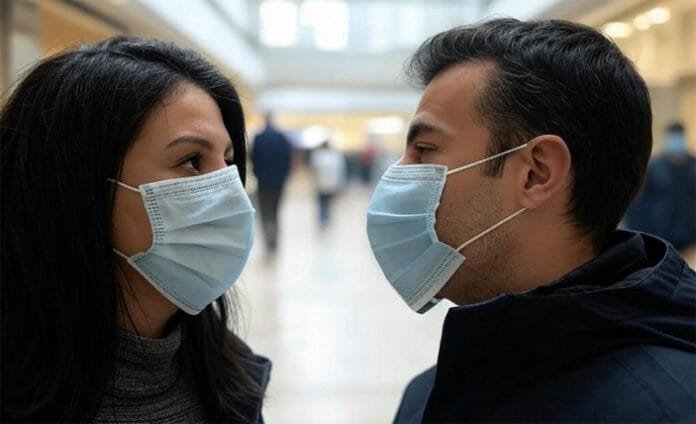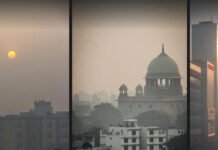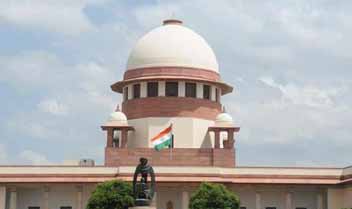INVC NEWS Tehran – As COVID-19 cases surge once more across Iran, the government has implemented a mandatory mask order in public spaces to mitigate the rapid spread of the virus. With health experts on high alert, the rise in cases has triggered an immediate response from authorities, advising citizens to remain vigilant and adhere to stringent health measures to avoid a wider outbreak.
Iran Faces Resurgence of COVID-19: What the Health Ministry Says
Iran has once again seen a sharp increase in COVID-19 infections, raising concerns among both the government and health professionals. The surge in hospital admissions indicates that the virus, believed to be a new strain of the Omicron variant, is spreading rapidly across the nation. As a preventive measure, Iranian authorities have mandated mask-wearing in all public and indoor spaces, particularly in crowded areas where the virus is likely to spread more quickly.
While the Health Ministry has not yet released specific numbers detailing the scale of the new wave, there is a growing consensus among experts that this resurgence could be the result of a more contagious variant. Iran’s government has expressed concern about the long-term impact of the pandemic, especially as the virus continues to evolve.
Expert Opinions on the Latest COVID-19 Surge in Iran
Dr. [Name], a leading infectious disease specialist in Iran, emphasized the need for vulnerable populations, such as elderly individuals, pregnant women, and those with heart conditions or weakened immune systems, to exercise caution during this resurgence. He strongly advised these groups to wear masks at all times when outside their homes and to limit unnecessary travel to reduce exposure to potential carriers of the virus.
Iran’s Deputy Health Minister, Alireza Raisi, recently issued an urgent letter to universities and health units, stressing the importance of vigilance regarding respiratory illnesses like COVID-19 and seasonal flu. His directive specifically highlights the necessity of mask-wearing in public offices, hospitals, and other enclosed environments, where transmission is more likely to occur.
A Look at Iran’s Pandemic History and Current Numbers
Since Iran was one of the first countries to report a COVID-19 outbreak in February 2020, the nation has faced significant challenges in combating the virus. Iran’s official COVID-19 tally reports over 1.45 million infections and more than 145,000 deaths, making it one of the hardest-hit nations in the Middle East. However, many health experts believe that these numbers may be a gross underestimate, with the actual number of cases and fatalities potentially seven times higher due to underreporting and limited testing in the early stages of the pandemic.
The introduction of a new mask mandate underscores the seriousness of the situation, as the government looks to control the latest wave of infections. Citizens are urged to return to pre-pandemic behaviors, including practicing good hygiene and maintaining social distancing, in addition to wearing masks when in public.
Rising COVID-19 Cases Reflect Global Concerns
As many countries around the world begin to emerge from the worst of the pandemic, the rise in cases in Iran serves as a stark reminder that COVID-19 remains a global threat. With variants of concern continuing to evolve, health officials continue to warn that the fight against COVID-19 is not over, and countries must remain vigilant in their efforts to control the spread of the virus.
Iran’s response to this new wave, including the mask mandate and cautionary measures in hospitals and public spaces, reflects the ongoing challenges that the country faces as it seeks to balance public health with economic recovery.
In conclusion, the resurgence of COVID-19 in Iran, coupled with the government’s renewed focus on mask-wearing and public health protocols, highlights the ongoing need for vigilance in the fight against the pandemic. As the situation evolves, both the public and government must work together to prevent further outbreaks and mitigate the impact on vulnerable populations.
















